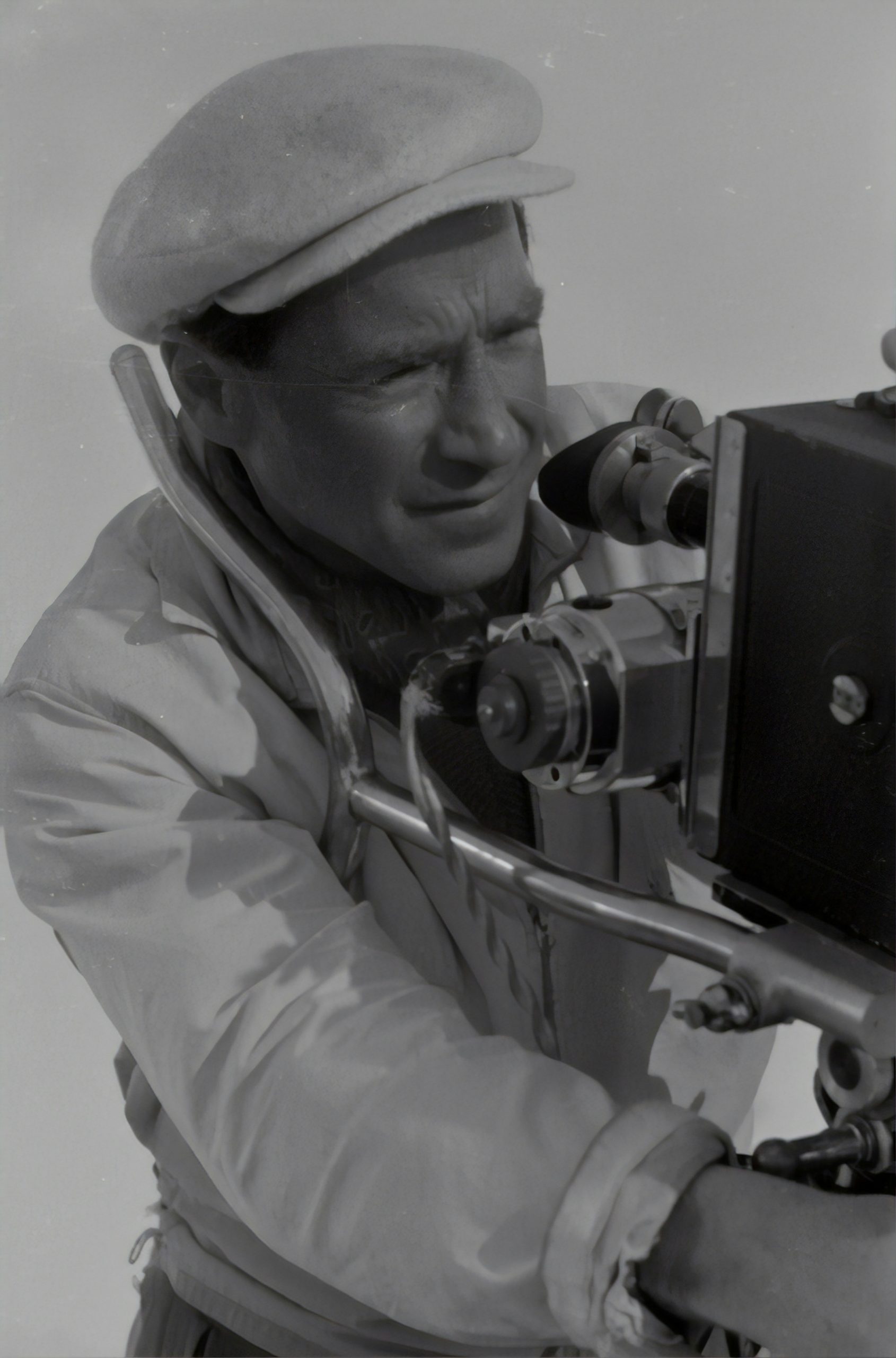
Fitness Training Technology: Latest Trends
Introduction
Fitness training technology has revolutionized how individuals approach their health and wellness goals. From wearable devices to virtual coaching platforms, these innovations are reshaping the fitness industry, making workouts more personalized, data-driven, and effective than ever before.
1. Wearable Fitness Trackers
Wearable devices like fitness trackers and smartwatches continue to dominate the fitness technology landscape. These gadgets not only monitor heart rate and activity levels but also track sleep patterns, calories burned, and even stress levels throughout the day. Advanced models can provide real-time feedback during workouts, helping users optimize their training intensity and technique.
For example, the Apple Watch series integrates ECG capabilities and fall detection, enhancing both fitness tracking and safety for users.
2. Virtual Reality (VR) Fitness
Virtual reality has transcended gaming to become a powerful tool for fitness enthusiasts. VR fitness platforms offer immersive experiences where users engage in interactive workouts and games. These sessions can simulate anything from intense cardio routines to calming yoga sessions, all within a virtual environment that motivates and challenges users.
An exemplary case is Supernatural, a VR fitness app that combines music, virtual landscapes, and personalized coaching to deliver engaging workouts.
3. Artificial Intelligence (AI) in Personalized Coaching
AI-driven fitness apps and platforms are becoming increasingly adept at delivering personalized training programs based on individual goals, preferences, and performance data. These AI systems analyze user inputs and biometric data to tailor workout plans, suggest adjustments, and provide feedback in real-time.
One notable example is Freeletics, an AI-powered fitness app that offers customized workout plans and real-time coaching through its virtual assistant.
4. Smart Home Gym Equipment
Smart home gym equipment combines traditional exercise machines with IoT technology to create connected fitness experiences. These devices often feature built-in screens for streaming workouts, automatic resistance adjustments, and performance tracking capabilities. Users can enjoy the benefits of guided workouts from the comfort of their homes, with data synced to their mobile devices for analysis and progress tracking.
The Peloton Bike+ and Tonal smart gym are prime examples of how smart technology enhances home workout experiences.
5. Biometric Sensor Integration
Biometric sensors are being integrated into various fitness devices and apparel to provide deeper insights into performance and recovery. These sensors measure metrics such as muscle oxygen levels, hydration levels, and lactate threshold, offering athletes and fitness enthusiasts valuable data to optimize their training strategies.
Companies like Whoop specialize in wearable biometric devices that track sleep, recovery, and strain, providing actionable insights for improving athletic performance.
Conclusion
The landscape of fitness training technology is continually evolving, driven by innovations that enhance personalization, interactivity, and performance monitoring. Whether through wearable trackers, virtual reality workouts, AI-driven coaching, smart home gym equipment, or biometric sensors, these advancements empower individuals to achieve their fitness goals more effectively and enjoyably than ever before.
As technology continues to advance, the future of fitness promises even more exciting developments, making it an exciting time for both fitness enthusiasts and industry professionals alike.



